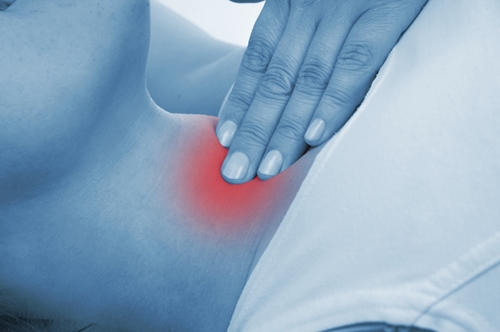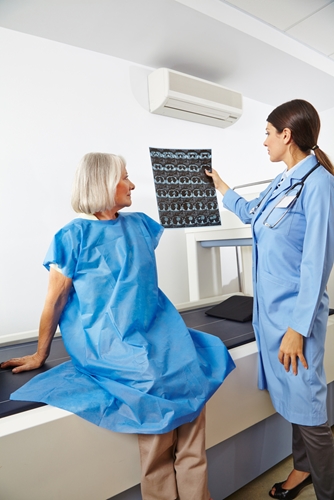The combined efficacy of medical imaging modalities can enhance clinical performance, but has high costs associated with utilizing two types of equipment. A new study has shown that dual CT scans for the thorax are low and have been falling for quite some time.
The research, published in the Journal of the American College of Radiology, covered the utilization of combined scans between 2001 and 2011. Thoracic CT exams can be performed both with and without contrast, and the results of both procedures are compared to each other. These types of multiphase exams result in additional exposures to radiation, and most radiologists recommend using this test infrequently to protect patients.
According to study lead author David Levin, M.D., and his colleagues from Thomas Jefferson University, most patients can receive a proper evaluation from single-phase scans, either with or without the inclusion of contrast. To determine their results, the researchers examined the Medicare Part B Physician/Supplier Procedure Summary Master Files for 2001 through 2011, selecting CPT codes for thoracic CT that used contrast, no contrast and both.
From there, the team measured utilization rates per 1,000 Medicare Advantage fee-for-service beneficiaries and the percentage of combined scans among the total. They found that the utilization of combined scans rose between 2001 and 2006, hitting 5.9 per 1,000 in 2006 and 2007, AuntMinnie.com reported. The rate then dropped to 3.8 through 2011, with the compound annual rate of change approaching roughly -10 percent over four years.
The near one-third drop in utilization suggests that the practice of dual CT is declining. Much of this decrease could be attributed to increased awareness about diagnostic imaging appropriateness among radiologists. However, combining modalities can still have its benefits.
Spotting recurrent diseases that were missed
According to presentation materials from the Royal College of Radiologists Annual Scientific Meeting, set to be held next month in London, the combined use of PET/CT can accurately detect recurrent thyroid disease not found by radioiodine scans.
Researchers wanted to determine the efficacy of PET/CT in patients who had previously received a negative thyroid scan, but had evidence of raised serum thyroglobulin levels. The 23 participants – 11 males, 12 females – had an average age of 54.2 years, with results being retroactively studied from the last three years. All patients underwent PET/CT examination.
The Royal College team found that for 52.2 percent of participants, the combined scans detected lesions that had not been seen on previous studies. There was also a significant difference between the serum thyroglobulin levels of patients with positive lesions and those who did not have any lesions.
The researchers concluded that PET/CT was effective in determining the presence of recurrent thyroid disease. While these studies may have had different results, there is no denying the efficacy of dual imaging when used properly. However, appropriateness must be determined by radiologists to ensure the safety of patients and technicians alike.
Contact Viztek for more information.
Ronny Bachrach
Latest posts by Ronny Bachrach (see all)
- Konica Minolta Debuts First-of-Its-Kind Digital U-Arm System at AHRA - July 27, 2016
- Researchers Detect Signs Of Stroke Risk Using MRI - June 27, 2016
- Imaging Biz: Q&A with David S. Channin MD: How to Make PACS Patient Centered - June 22, 2016










